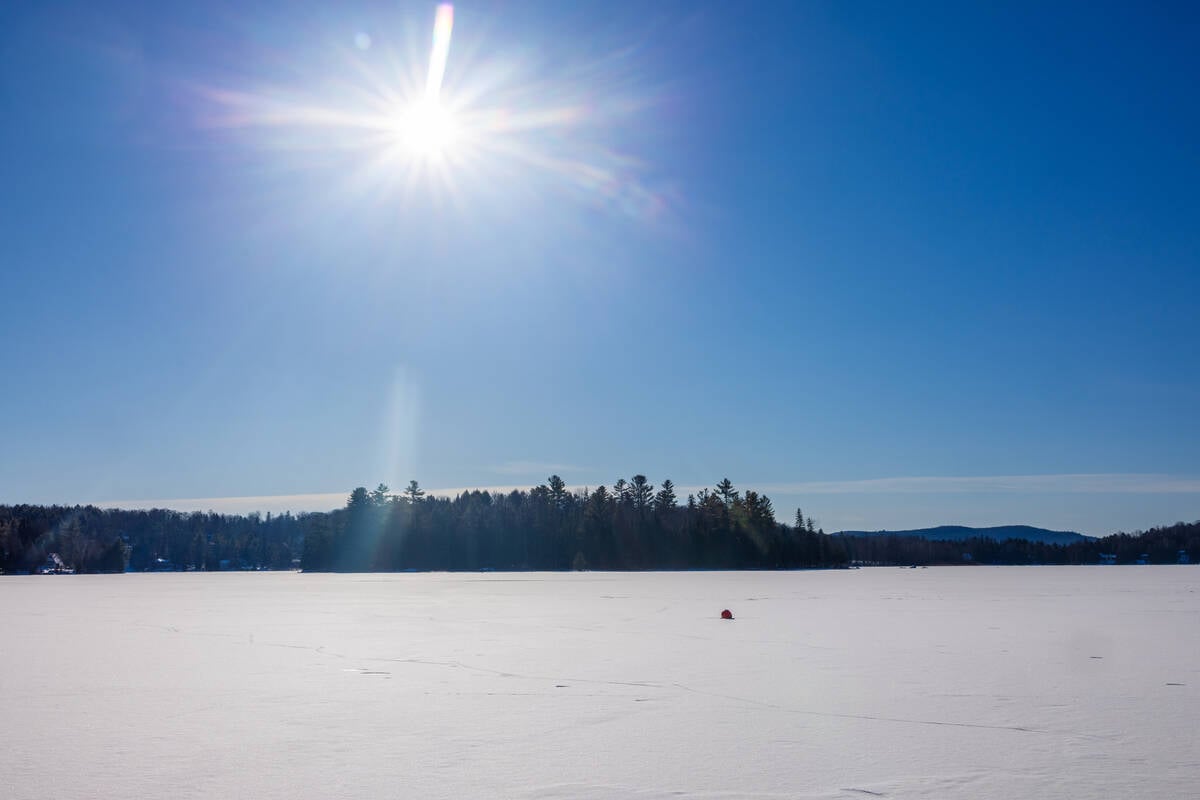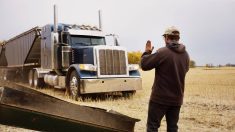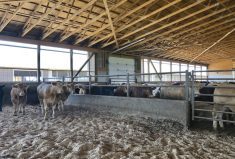By October 12 of last year, at the end of a hot, dry harvest in southeast Saskatchewan, we thought we’d made it through the season without a fire. We started to relax. Even put a few things away. Of course, that’s when the fire broke out.
That day, a spark that had been smouldering under a burn pile in a neighbour’s field since the previous summer caught some wind and came to life. In almost no time, five neighbours with tractors arrived to blacken the ground and help prevent the fire from spreading to our farmyard.
We live 40 kilometres from the nearest volunteer fire department. Its members are well trained and knew exactly how to put out the flames in the abandoned yard that was burning to the north. But they couldn’t be there immediately, and they didn’t have the necessary equipment to plow fireguards.
Read Also

Health hazards are often overlooked risks on the farm
While quite different from the dangers posed by farm machinery, hazards such as loud noise or sun exposure require the same proactive attention, the Canadian Agricultural Safety Association says.
In situations like this, farmers are often called on to take their equipment out to stop prairie grass fires before they do too much damage. It’s dangerous work, and most farmers have no formal training around this.
Steve Wallace is a former president of the Saskatchewan Safety Council, chief of his local rural volunteer fire department and a former City of Regina firefighter. Wallace has seen more than his share of grass fires and he knows how to fight them. I contacted Wallace to get his thoughts on the best way to fight a grass fire.
Use pincer movement
When you’ve got a cultivator and you’re in your tractor, your gut instinct to stop a grass fire might be to head downwind and start digging a fireguard strip. This is going to be dangerous — you’ll be in the smoke — and it’s going to be hard to know how far downwind you should be to be safe.
Fire can move faster than wind. If there’s an 80- to 90-kilometre-per-hour wind, the fire might be moving at 80 to 100 kilometres an hour, and a spark could easily jump a wide fireguard.
To avoid this problem, Wallace suggests using a pincer movement, something you might think of as a cone formation. If the fire is coming from the north, for example, plow guards on the southeast and southwest sides of the fire, leaving the fire a wide path. This can keep you out of most of the smoke. As you move south, edge in, leaving the fire a smaller unplowed area to burn. Eventually, Wallace says, “pinch the fire out, or make it to a narrow head.”
This sounds like a slow process, but as Wallace notes, “farmers can make stuff black in a hurry.”

Wallace suggested starting with a cone perhaps 100 metres wide. As you move downwind, you might blacken the ground to narrow the fire’s strip by 20 to 50 metres for each kilometre. “How much you pinch in will depend on what the conditions are like,” Wallace says. Once you narrow the strip, you can control which direction the fire will travel, until you finally get it to stop.
By staying out of the fire’s direct path, you keep yourself safe and can avoid becoming disoriented by thick smoke. “You can get lost in the smoke and you could end up driving directly into the fire,” says Wallace.
As farmers work on this cone formation ahead of the flames, fire department volunteers or farmers with water trucks can work behind the fire, putting out sparks. Wallace says he tells farmers on the scene when his crew is working, “you make it black, and we’ll put out the spot fires.”
[RELATED] Hanson Acres: Fire threatens the farm
Flanking is another way to describe this type of move. “You’re not trying to take the fire head on, because under the right conditions it’s going to kick your butt,” says Wallace.
To pull this off, communication is going to be important. Everyone in the field is going to need a phone or radio to keep in touch with the rest of the crew.
Once the fire’s out, Wallace recommends the firefighting farmers get together with the local fire department to discuss what happened, so everyone is better prepared for the next fire. Drone photos would be especially useful for a debrief. “It’s not a matter of will we have another fire,” Wallace says. “It’s more a matter of when.”
Wallace acknowledges it’s probably impossible to prepare for every situation. On his shelf stacked with two to three feet of manuals about firefighting, Wallace has one whole binder just for grassland fires. “It’s four- or five-hundred pages,” he says.
Control your controlled fire
Wallace also had some advice for containing controlled fires.
Before you light a controlled fire, let the authorities know. If you don’t, someone might see your fire and call the fire department. If a fire truck shows up, they’ll probably bring you a bill.
In Saskatchewan, report your planned fire to the Control Burn Hotline at 1-866-404-4911. In Manitoba, you’ll need a permit. Call the Manitoba Controlled Crop Residue Burning Program at 1-800-265-1233 for more information. Alberta farmers need to talk to their county office.
Wallace says if you’re considering a controlled burn, “I would make sure that you’ve got your cultivator hooked up. Don’t just light it and walk away.”
If you have any doubts, you could consider plowing up a few rounds around the burn spot before you light the fire.
When you’re finished, don’t assume the risk of fire is over just because you can’t see smoke. “A straw fire could stay viable for two or three days,” Wallace says. He added if you have a pit filled with trees or bush, “it could stay hot and burn for a long time.”
Sparks at the bottom of these piles can also overwinter and come to life in the following year.
Finally, check the weather before you decide to burn, so you’re not saying, “It wasn’t windy when I started.”
Keep your home safe
There’s no guarantee that you’ll never lose your house to a grass fire, but there are a few ways to lower your risk.
Keep your grass mown. Short grass won’t stop a fire, but it will burn more slowly than long grass.
If it’s really dry, water the grass and trees at the edge of your yard to slow down any potential fires.
Are you stacking firewood next to your house? Something to remember is wood piles can burn for a long time.
If it’s a particularly hot, dry year, consider blackening a fireguard around your yard. Just in case.















